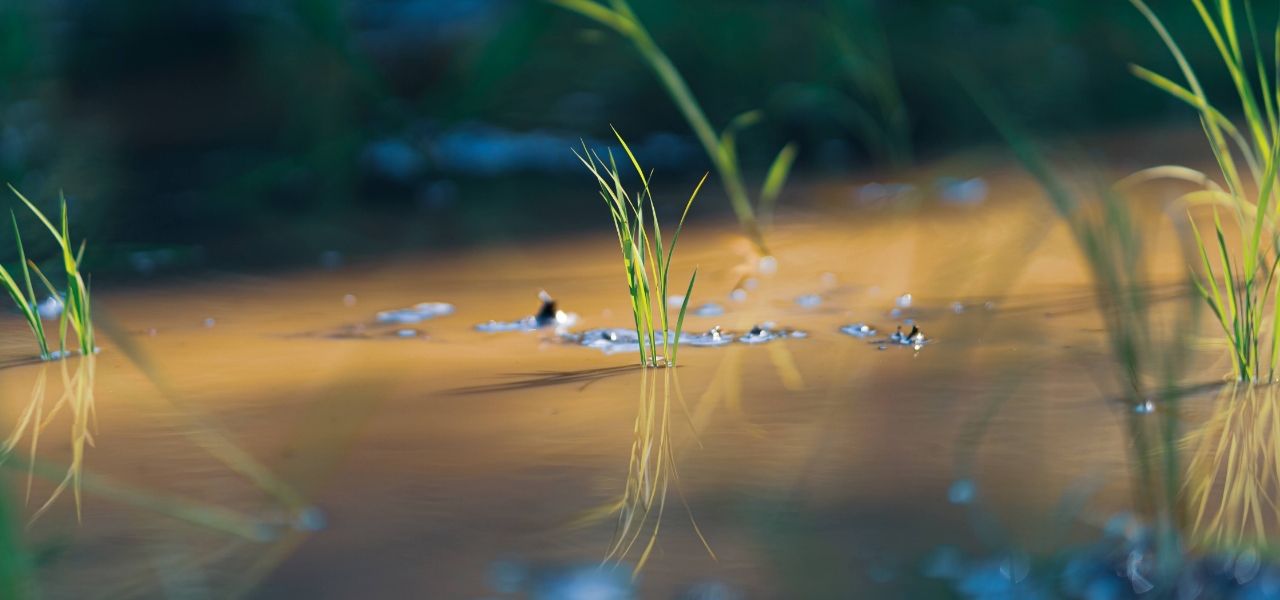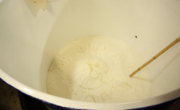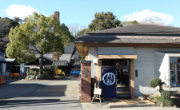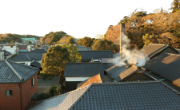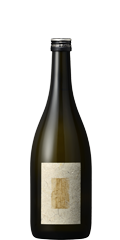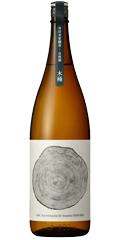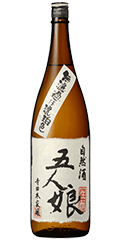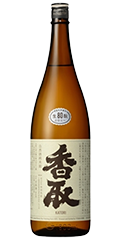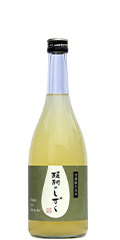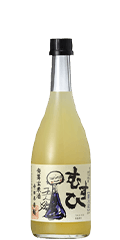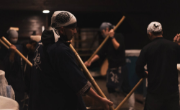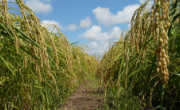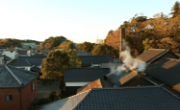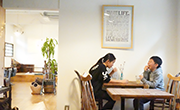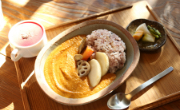About our environment
About our environment
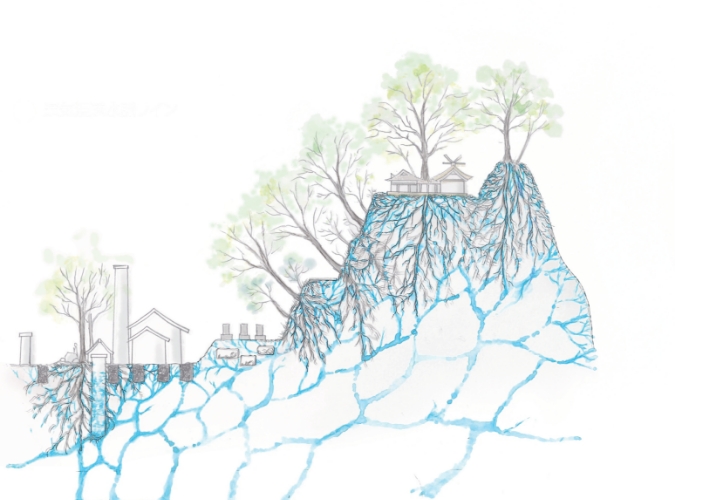
About water
Terada Honke is located at the base of a sacred forest within the premises of Kozaki Shrine, where a group of tall camphor trees are worshipped to this day as sacred trees that are protecting the rich natural environment of this lush forest. The roots of these trees and the mycorrhizal fungi inhabiting the area around them feed on the mineral-rich water flowing underground that is continuously pumping and filling up the wells of Terada Honke for the last three and a half centuries since the brewery started operating in Kozaki.
Terada Honke is also actively engaged in enhancing the environment of the groundwater veins and the microorganisms’ habitat by laying over 20 tons of charcoal throughout the premises of the brewery. The water used in the brewery is considered hard water in Japan (hardness of 120) and contains a lot of minerals.
The microorganisms inhabiting the water are also thought to play important roles in the natural fermentation process. The mineral-rich water flowing to the brewery’s well is filled with such microorganisms, making it indispensable for Terada Honke’s natural sake-brewing.
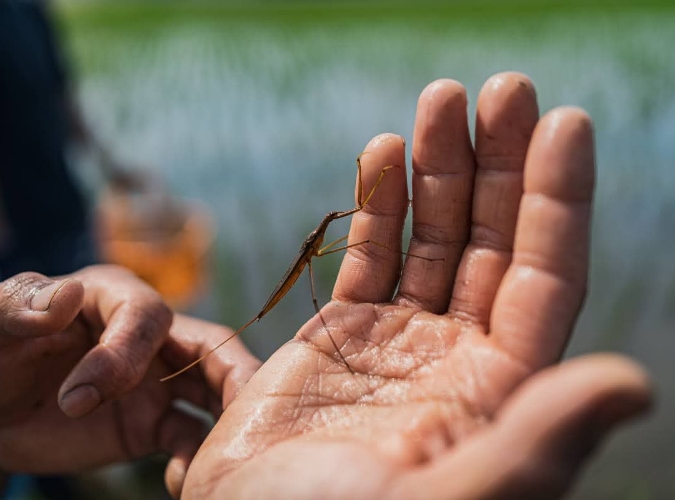
About our rice paddies
We have succeeded in reviving some yatsuda that had been abandoned for more than 10 years into well-functioning rice paddies. Yatsuda are surrounded by wooded areas, cedar forests, reservoirs, and streams. When humans live in harmony with nature, they create subtle differences in the environment that lead to expanding the diversity of living creatures. The yatsuda that we have cultivated are now serving as a rich habitat of natural life, ranging from freshwater crabs, fireflies, dragon flies, migratory birds such as sashiba, mizu kamakiri (water stick insects), and various invisible microorganisms in the waters and underground.
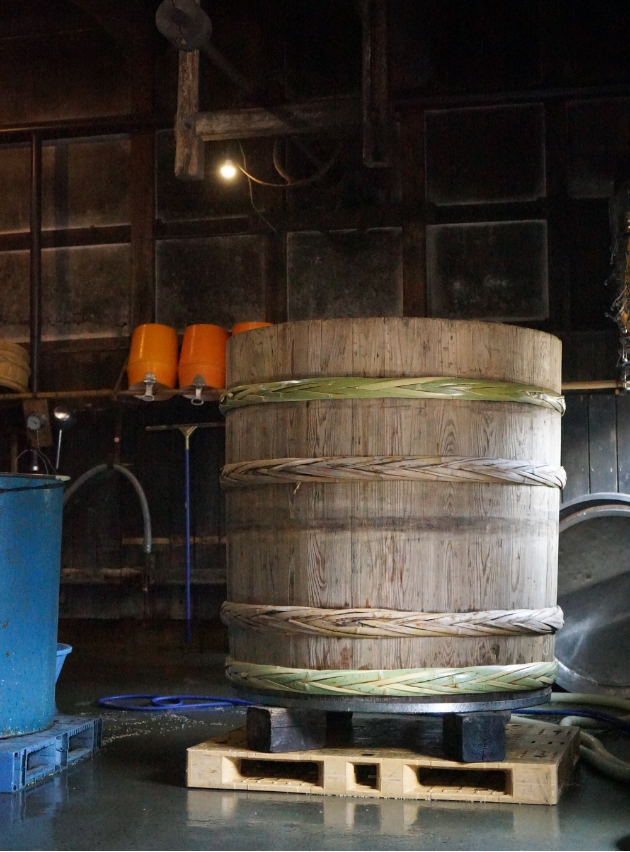
Wooden vats and bamboo colanders
Many tools are used in sake brewing. In the past, natural materials such as wood and bamboo that were available locally were abundantly used, but gradually these have been replaced with plastics. The number of craftspeople that can create these handmade tools is decreasing. Because the demand for wood, bamboo, and other natural materials is on the decline, people are not going into the forests as often as before. This is one of the factors leading to the thickening of mountain wilderness.
We have been looking for opportunities to collaborate with craftspeople. In 2013, we asked a craftsperson in Osaka to make a wooden koshiki (rice steamer) for our brewery. When we started using it, we found that the use of wood improves the steaming process, and we were once again deeply impressed by the excellent functionality of natural materials used for our traditional tools. We also had a young bamboo craftsperson in Tochigi make a colander for carrying rice, on our request. And, with the cooperation of the craftspeople in Shodoshima, a project to make a new wooden vat using the local cedar grown in Chiba called “sanbusugi” is currently underway as well. There is also a plan to make wooden vats by ourselves from scratch, starting from the initial step to cut out necessary natural resources from the forests conserved by our partners based in Sanmu. We hope to further expand our possibilities in natural sake brewing with these freshly made wooden vats that we intend to start using from our 350th year of operation.
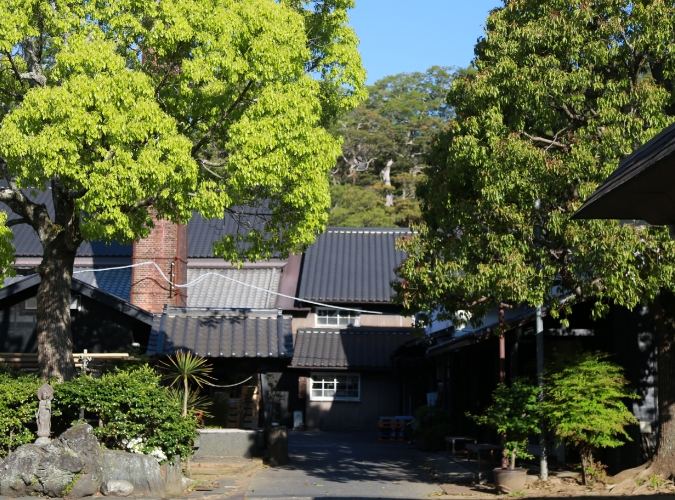
Energy
Natural sake is born under the constraints of nature. The days of using energy limitlessly are gone, as we have come to realize that sources of energy are finite. Thanks to the advancement of technology, we managed to fully switch the electricity used in our brewery to renewable energy. We are aiming to convert other energy sources to renewables at the earliest date possible.
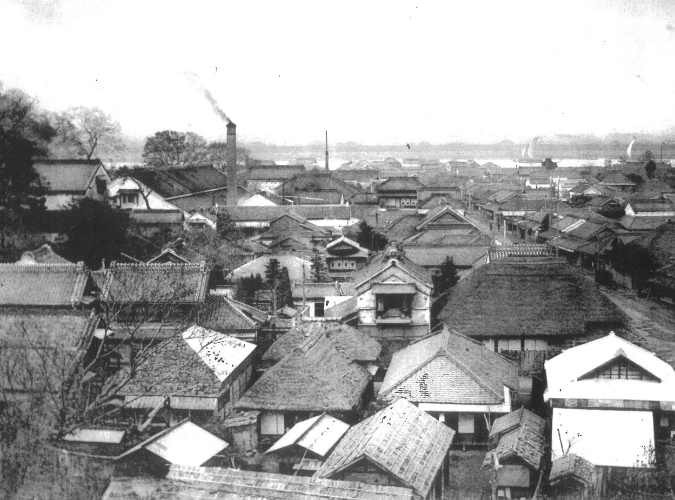
Community
Kozaki, located in the water basin of the Tone River, has long been a productive rice-growing region blessed with mineral-rich water in abundance.
Historically, the high-quality rice grown in this region was shipped by cargo vessels transporting various goods such as sake, miso, and soy sauce made from this rice to the commercial and consumption center of Edo (which later became Tokyo) via the Tone River in just one or two days. These location advantages have enabled Kozaki to not only enjoy high demand in rice production but also to prosper as a brewing center that counted as many as seven breweries specializing in sake, four in soy sauce, and several others in miso during the pre-war period (before the start of World War II in 1945).
Today still, the town of Kozaki treasures its legacy of once prospering as a home to breweries by establishing a michinoeki (roadside station) where various local products are sold and fermentation-themed events are occasionally held. The town is also active in hosting festivals and local community programs aimed at educating people about fermentation and farming that include workshops where they can experience miso-making and other agricultural practices.
In addition, its great accessibility, being located only around 30 minutes by car from Narita International Airport, is helping Kozaki attract an increasing number of tourists from abroad in recent years.
